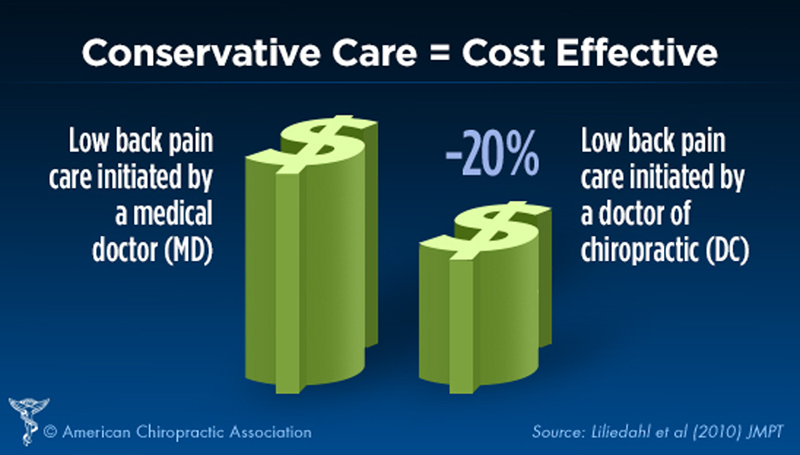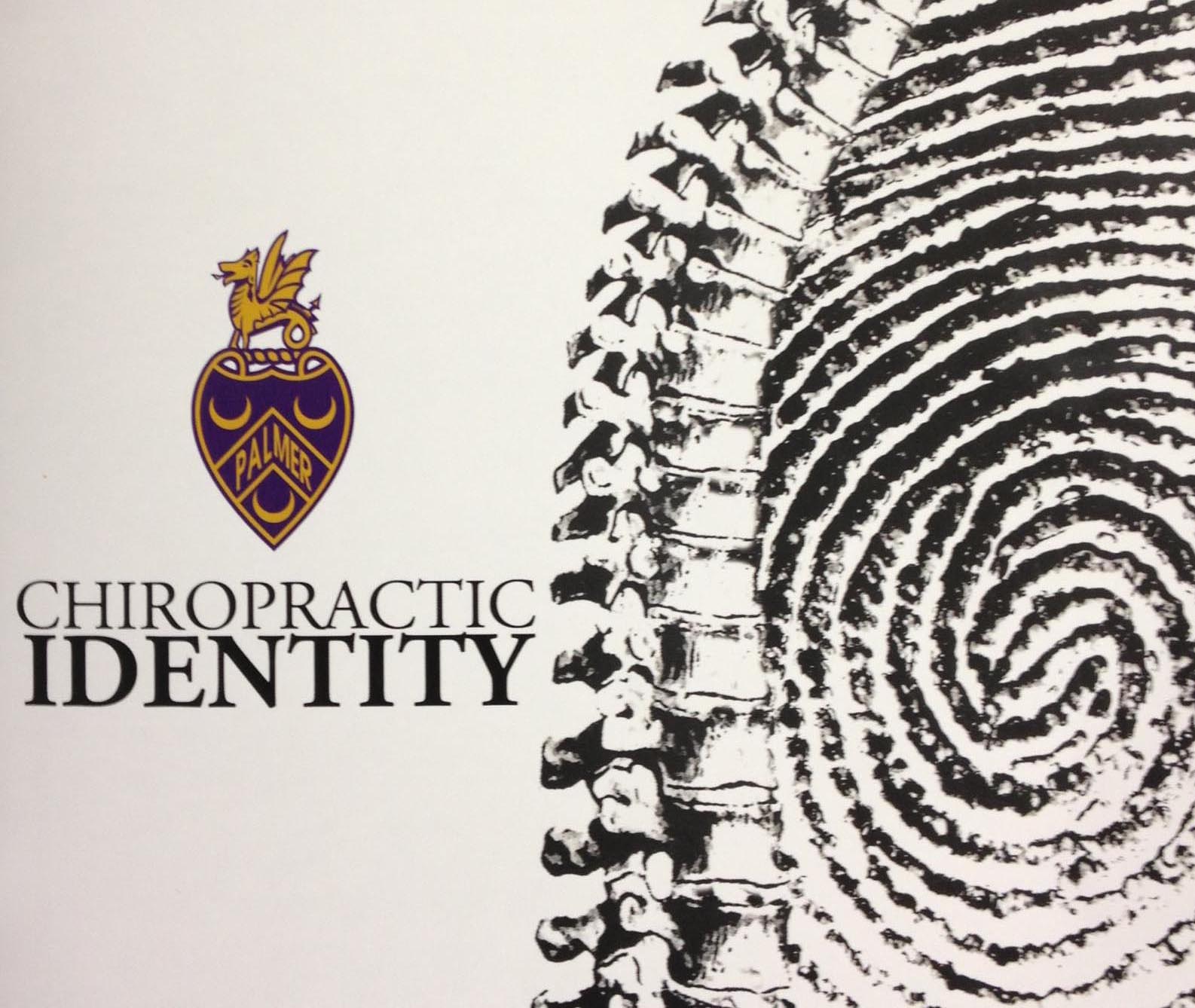Spine Care as a Framework for the Chiropractic Identity
SOURCE: Journal of Chiropractic Humanities 2016 (Nov 4)
Michael Schneider, DC, PhD, Donald Murphy, DC,
Jan Hartvigsen, DC, PhD
Department of Physical Therapy,
University of Pittsburgh,
Pittsburgh, PA
Objective The purpose of this commentary is to provide an argument for the role and identity of chiropractors as spine care providers within the context of the greater health care system.
Discussion Surveys of the general public and chiropractors indicate that the majority of patients seek chiropractic services for back and neck pain. Insurance company utilization data confirm these findings. Regulatory and legal language found in chiropractic practice acts reveals that most jurisdictions define the chiropractic scope of practice as based on a foundation of spine care. Educational accrediting and testing organizations have been shaped around a chiropractic education that produces graduates who focus on the diagnosis and treatment of spine and musculoskeletal disorders. Spine care is thus the common denominator and theme throughout all aspects of chiropractic practice, legislation, and education globally.
There are more articles like this @ our:
Conclusion Although the chiropractic profession may debate internally about its professional identity, the chiropractic identity seems to have already been established by society, practice, legislation, and education as a profession of health care providers whose area of expertise is spine care.
Key Indexing Terms: Chiropractic, Spine
From the FULL TEXT Article:
Introduction
Chiropractors are still — after 120 years — debating their professional identity. In the meantime, with an increasing awareness of the impact of spinal pain and disability in societies all over the world, other professions are starting to target evidence-based spine care as a focus for their professional identity.
A successful profession is formed in response to a societal need. [1] The purpose, and thus the identity of a profession is therefore, to a large extent, determined by how members of the public choose to use that profession’s services.
An identity is composed of the qualities that make a particular person or group different from others. [2] Every successful profession has an identity, which is shaped and developed by the specialized knowledge, skills, training, and innovation of the individuals within that group. This is especially true of health care professions; which patients associate certain types of health care clinicians with certain types of conditions. In most Western societies, people are raised in a culture that identifies primary care physicians (PCPs) and their extenders (nurse practitioners and physician assistants) as the first-contact health care provider who diagnoses health problems. Once a diagnosis has been made and a specific condition has been identified, PCPs have 2 possible choices: 1: manage or treat the condition themselves, or 2: refer the patient to another health care provider who has more specialized knowledge of that particular condition.
Essentially, health care professionals can be divided into 2 broad categories: generalists and specialists. Providers in the generalist category must have solid knowledge of a broad range of conditions, whereas specialists have more concentrated and deeper knowledge of a narrower range of conditions. Patients automatically identify a health care provider as either a generalist or specialist based on the type of health care conditions that the provider has the knowledge, skills, and training to diagnose and treat. Patients tend to gravitate toward specialists for care of more complicated health care conditions or for conditions that are not responding well to care by a generalist. In this environment, does a profession then have the ability to choose its identity and project it onto society, or does society choose an identity and project in onto the profession? For the chiropractic profession, this leads to an important question in its debate on professional identity: How are chiropractors perceived by patients and other health care providers — as generalists or as specialists? Also, in the emerging interprofessional team-based approach to health care, what role is there for the chiropractor? We suggest the following answers to these questions
We propose that there are 3 fundamental errors that the chiropractic profession has made with respect to establishing and promoting its professional identity.
Read the rest of this Full Text article now!






Leave A Comment